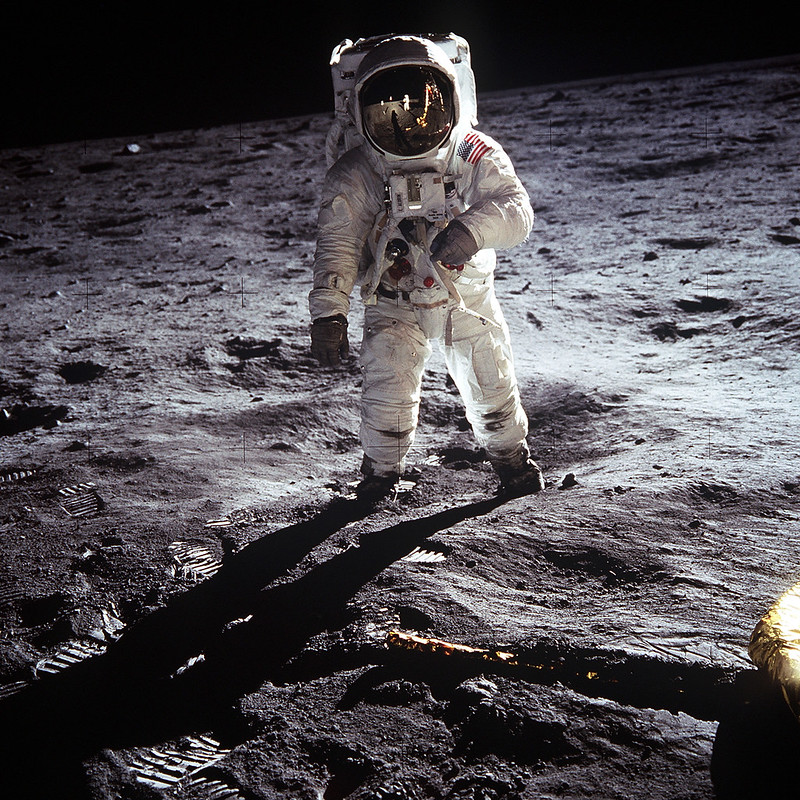Since the 1950s, when space exploration was only just shifting from idea to reality, there has been anxiety among nations over the geopolitical implications of sending humans to the moon. Ironically, the business of leaving Earth can’t escape this planet’s politics.
The 1967 treaty by the United Nations was the first attempt to foster global peace in outer space. The treaty was essentially an agreement to preserve this new frontier for solely peaceful endeavours. Among other things, it prohibited the placing of weapons of mass destruction in orbit, and bound nations to assist other astronauts in distress. Now that space exploration is well underway, a new treaty has been put forward to build upon its legacy—the Artemis Accords.

The Artemis Accords were first put together by NASA in efforts to morally guide a new generation of space travel. Much like their predecessor, they promise to foster peace and international cooperation, and as of December 2022, 23 countries have already signed the agreements. Most famously, they aim to send the first woman and person of colour to the moon, “heralding a new era for space exploration and utilisation” (NASA). This powerful tagline is accompanied by the impressive and ambitious goal of both establishing a base on the moon and taking humanity’s first crucial steps towards Mars. This mission to “promote the sustainable and beneficial use of space for all humankind” (NASA) is grounded in a core set of principles:
- Peaceful Exploration
- Transparency
- Interoperability
- Emergency Assistance
- Registration of Space Objects
- Release of Scientific Data
- Preserving Heritage
- Deconfliction of Activities
- Orbital Debris
The vehicle by which they hope to achieve these principles is the spacecraft ‘Orion’, which is set to launch its first mission by the end of 2024. Fully equipped with the newest rocket technology, parts of Orion are currently undergoing construction at NASA’s Kennedy Space Centre. Meanwhile, NASA has just completed Artemis I, a 25-day test flight to investigate the effects of radiation on the spacecraft’s passengers (two mannequins named Helga and Zohar).
On each of three Artemis missions, NASA hopes to establish a more robust presence on the moon to study and explore. Eventually, they hope to comfortably house astronauts at a basecamp there for missions as long as a month. For now, this almost incomprehensible goal seems well on its way towards becoming a reality. But, as NASA urges us to remember, while “the Artemis journey is to the Moon[…], the destination of the Accords is a peaceful and prosperous future.”
This article was written in honour of one of the world’s most well-known and inspirational scientists, Stephen Hawking, whose work in quantum mechanics and cosmology has contributed innumerably to the scientific understanding of the universe. If you’d like to delve more into this topic, we have an exciting new display offering an exclusive peek at the contents of Hawking’s own office. Stephen Hawking at Work is open 9 February – 14 May 2023. Entry is free—find out more on our website.